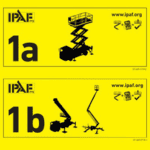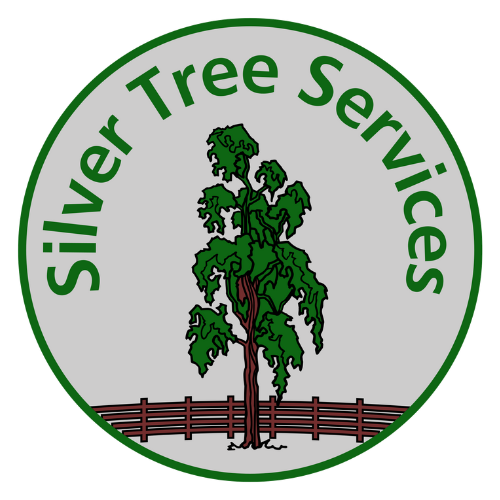Tree Pollarding
We’re your trusted provider of professional tree pollarding services in Gloucestershire. Tree pollarding is an important tree maintenance technique involving the full removal of the branches of a tree to restrict the height and maintain a dense canopy.
Tree Pollarding
We’re your trusted provider of professional tree pollarding services in Gloucestershire. Tree pollarding is an important tree maintenance technique involving the full removal of the branches of a tree to restrict the height and maintain a dense canopy.
We Also Serve All Neighbouring Counties
How Can We Help?
At Silver Tree Services, we employ expert techniques and professional equipment to deliver precise and reliable results. We serve both domestic and commercial clients, and our tree pollarding services cover:
Growth Control
Annual pollarding to control the height and density of the tree canopy while promoting new growth.
Clearances
Tree pollarding for clearance from structures, power lines, or other obstacles.
Rejuvenation
Pollarding to rejuvenate older or overgrown trees for improved vitality and health.
Aesthetics
Pollarding for aesthetic purposes, maintaining the tree's appearance and form.
Safety Assurance
Tree pollarding to address safety concerns and prevent hazards associated with overgrown trees.
A Friendly Service Provided With Pride & Care
About Us

About Us
Fully Accredited & Insured for Your Peace of Mind










Reach Out Today!
Ready to rejuvenate your trees through pollarding? Fill out the form below to schedule a consultation with one of our experienced arborists. For immediate assistance or further inquiries about our pollarding services, feel free to call us. We’re here to help!
Tree Pollarding - FAQs
Click or tap on the headings below to learn more about our tree pollarding services:
Tree pollarding is a pruning technique that involves the full removal of the branches of a tree to promote a dense canopy and control the height. The branches are pruned back to the main trunk or to stubs, resulting in a distinctive, often elevated, “pollard head.”
Tree pollarding is typically done for several reasons, including managing the size of trees in urban environments, controlling growth near power lines or structures, rejuvenating overgrown trees, and promoting dense foliage for ornamental or functional purposes.
The optimal time for tree pollarding depends on the species and local climate. In general, it’s recommended to pollard deciduous trees during late winter or early spring, while they are dormant. This timing minimises stress on the tree and allows for vigorous regrowth during the growing season.
When performed correctly by skilled arborists, tree pollarding is not inherently harmful to the health of the tree. However, improper pollarding techniques, such as cutting too close to the trunk or removing too much foliage, can weaken the tree and lead to decay, disease, or structural issues. It’s essential to hire experienced professionals to ensure proper pollarding practices.
The frequency of tree pollarding varies depending on factors such as tree species, growth rate, and desired aesthetics. Some fast-growing species may require pollarding every year to maintain size and shape, while others may only need pollarding every 5-10 years. Regular inspections by arborists can determine the appropriate pollarding schedule for individual trees.

